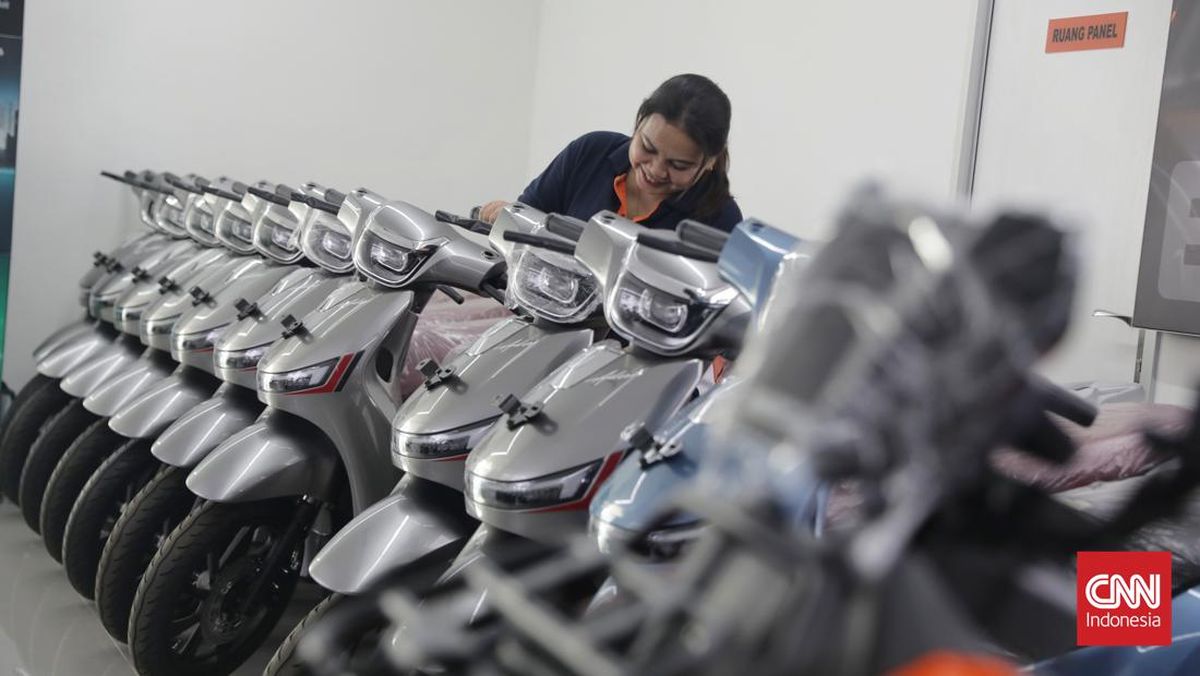Opinion
September 24, 2025 — 5.02am
September 24, 2025 — 5.02am
I’m working and have some spare cash and I’d like to boost my super before I retire. Could you please explain how a tax-deductible contribution to super works? It’s confusing to know whether I simply transfer the money from my bank account into my super fund and then claim it as a deduction, or whether there’s a special form that has to be lodged first. I’d also like to know if it’s possible to borrow money from the bank to make a deductible contribution to super, or whether that would cause problems.
It should be only a matter of transferring the money to your super fund’s bank account. It would be an easy matter to find out what that is if you are a member.

A super top-up using a loan from the bank is possible – just don’t over-egg it.Credit: Simon Letch
I guess you could borrow money for superannuation contributions but you would need to keep in mind that no tax deduction would be allowed for the interest – as the purpose of the borrowing is to purchase a non-income-producing asset.
When you make a personal contribution to super and want to claim it as a tax deduction you must complete a ‘Notice of intent to claim or vary a deduction for personal super contributions’ (form NAT 71121). Most super funds provide their own version of this form online or through their member portal, and once you lodge it with your fund they will send you an acknowledgment.
The acknowledgment from the fund is what allows you to claim the deduction in your tax return. The form doesn’t go directly to the ATO – the fund keeps it and you attach the deduction to your own tax return.
Loading
My daughter is 40. She is single and has a $350,000 mortgage. She recently received a pay rise. Is it best to pay extra off the mortgage or salary sacrifice the extra funds?
There is no obvious strategy here. The downside of contributing to superannuation is that the money will be inaccessible until she reaches at least 60. However, her superannuation fund should be returning at least 7.5 per cent, which should be well ahead of her mortgage rate, which is probably 5.5 per cent and reducing.
Furthermore, contributions to super come from pre-tax dollars, whereas any money used to pay down the mortgage comes from after-tax dollars. Therefore there’s a huge advantage in preferring the superannuation contributions to paying off the mortgage.
Given interest rates are in a downward trend, my suggestion is to contribute a total of $30,000 per year, which will include the employer contribution. Keep this up as long as the mortgage is under control. If her cash flow becomes tight in the future she could always stop the salary sacrifice contributions.
I’m trying to work out how much pension I might get. Does the money I draw from my super as a pension count as income, or is it the deemed income that is used?
When assessing an age pension application, Centrelink uses both an assets test and an income test – the one that gives you the least pension is the one they settle on.
The balance of your superannuation is assessed as an asset for the assets test, and it’s also given a deemed income for the purposes of the income test. How much you withdraw from your super is not considered whatsoever. Keep in mind if you are assets-tested then the income test is not relevant.
I earn $80,000 gross and have $405,000 in super. I salary sacrifice $200 a fortnight. My wife earns $450 a week part-time and has $50,000 in super. Together, we have $100,000 in a savings account earning 4.5 per cent, and own our home.
I’m 58, turning 59 in February, and expect to work until about age 67. My wife is 57 and may work for another five years, depending. From what I can see, the ‘sweet spot’ to maximise government benefits is a combined super balance of $690,000 to $700,000.
Loading
If I stop salary sacrificing now, would my super still be on track to reach that target? That would free up money for other purposes, knowing I could always top up later if needed. We live a simple life and, in retirement, would be content with a yearly holiday to the Gold Coast or somewhere similar, along with normal everyday living.
It seems you have eight years of working ahead of you, so you’ve got time on your side. If we assume the employer contribution is $9600 a year and you’re putting in $5200 a year, you are now contributing $14,800 a year in total.
Your first action should be to increase that by $15,200 a year, so you’re putting in a total of $30,000 a year. If your salary increases by 4 per cent per annum and your fund returns 8 per cent, your employer contribution alone should be worth $800,000 in eight years.
We do a separate calculation for your own contributions, based on $17,340 a year after allowance for the 15 per cent contribution tax, which should grow to $150,000, giving you total superannuation in eight years of almost $1 million.
Bear in mind that we’re talking about what your expenses and lifestyle wishes will be like in eight years – I suggest you do a net worth statement every 12 months to ensure you are on track.
Noel Whittaker is author of Retirement Made Simple and other books on personal finance. Questions to: [email protected]
- Advice given in this article is general in nature and is not intended to influence readers’ decisions about investing or financial products. They should always seek their own professional advice that takes into account their own personal circumstances before making any financial decisions.
Expert tips on how to save, invest and make the most of your money delivered to your inbox every Sunday. Sign up for our Real Money newsletter.
Most Viewed in Money
Loading


















































